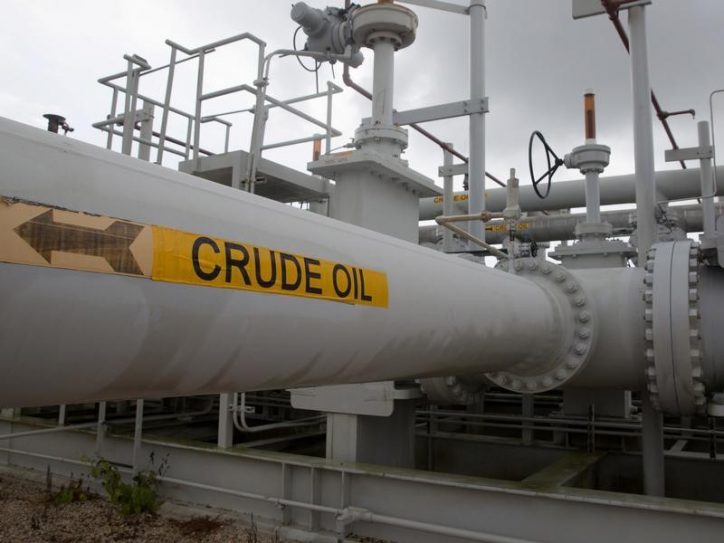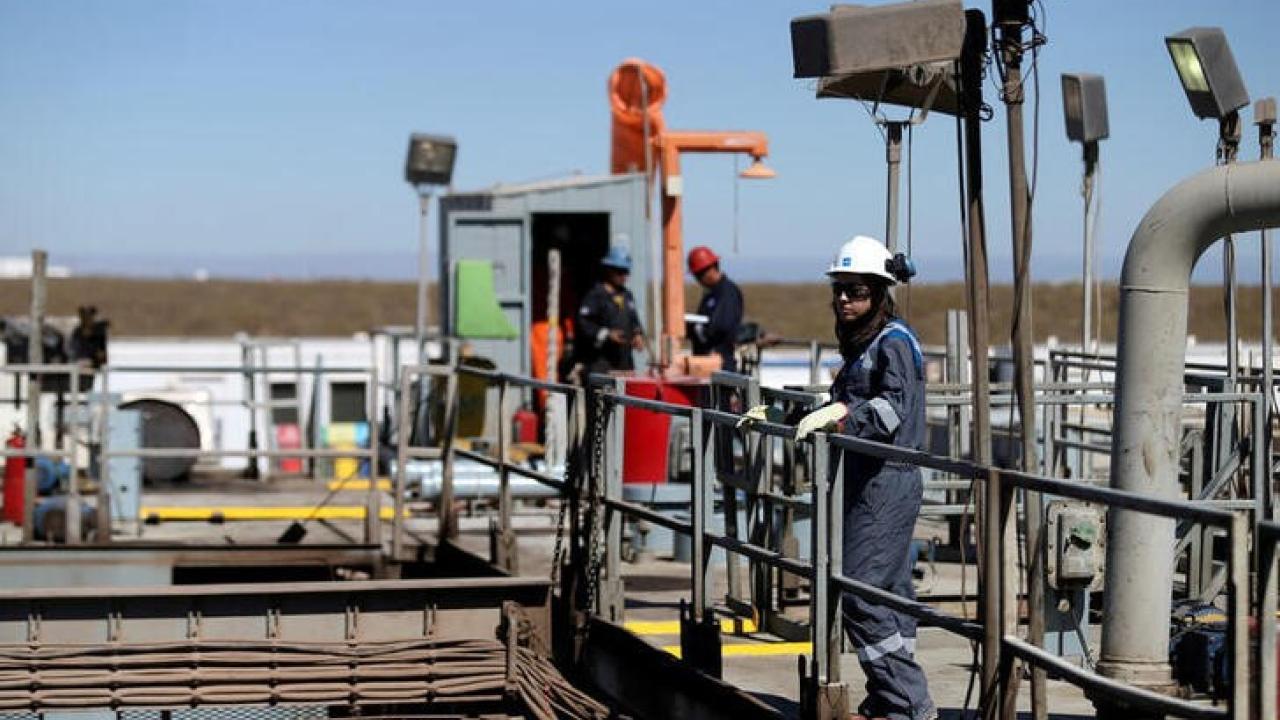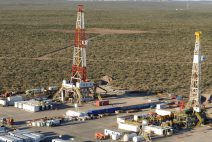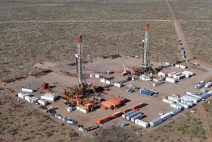Global demand for oil and gas could continue to rise until 2050, the International Energy Agency (IEA) said, marking a shift from its earlier expectations of a rapid transition to cleaner fuels and warning that the world is unlikely to meet its climate goals.
The IEA, the West’s energy security watchdog, has been under pressure from the United States in recent years to pivot toward a stronger focus on clean energy policies, while President Donald Trump has urged U.S. companies to further expand oil and gas production.
Under President Joe Biden, the IEA had predicted that global oil demand would peak this decade and stated that no further investment in oil and gas would be needed if the world were to achieve its climate objectives.
Trump’s Energy Secretary, Chris Wright, called the IEA’s projections of peak demand “nonsensical.” The agency, funded by its member countries — with the U.S. as the largest contributor — provides data and analysis that shape energy policies for governments and corporations worldwide.
In its annual World Energy Outlook, the IEA forecasts that, under its current policies scenario, global oil demand will reach 113 million barrels per day by mid-century, a roughly 13% increase from 2024 levels.
Global energy demand overall is expected to rise by 90 exajoules by 2035, up 15% from today.
The current policies scenario accounts for existing government measures but not for aspirational climate targets.
The IEA last used this “current policies scenario” in 2019, before shifting its modeling in 2020 to align with clean energy transitions and net-zero emissions pledges by mid-century.
This year’s outlook abandons the pledged policies scenario altogether.
The IEA said it had planned to assess new national climate targets for the 2031–2035 period, but too few plans had been submitted to provide a meaningful picture.
In the agency’s stated policies scenario, which includes proposed but not yet enacted policies, oil demand peaks around 2030.
The IEA emphasized that its scenarios explore a range of potential outcomes based on different assumptions and are not forecasts.





















